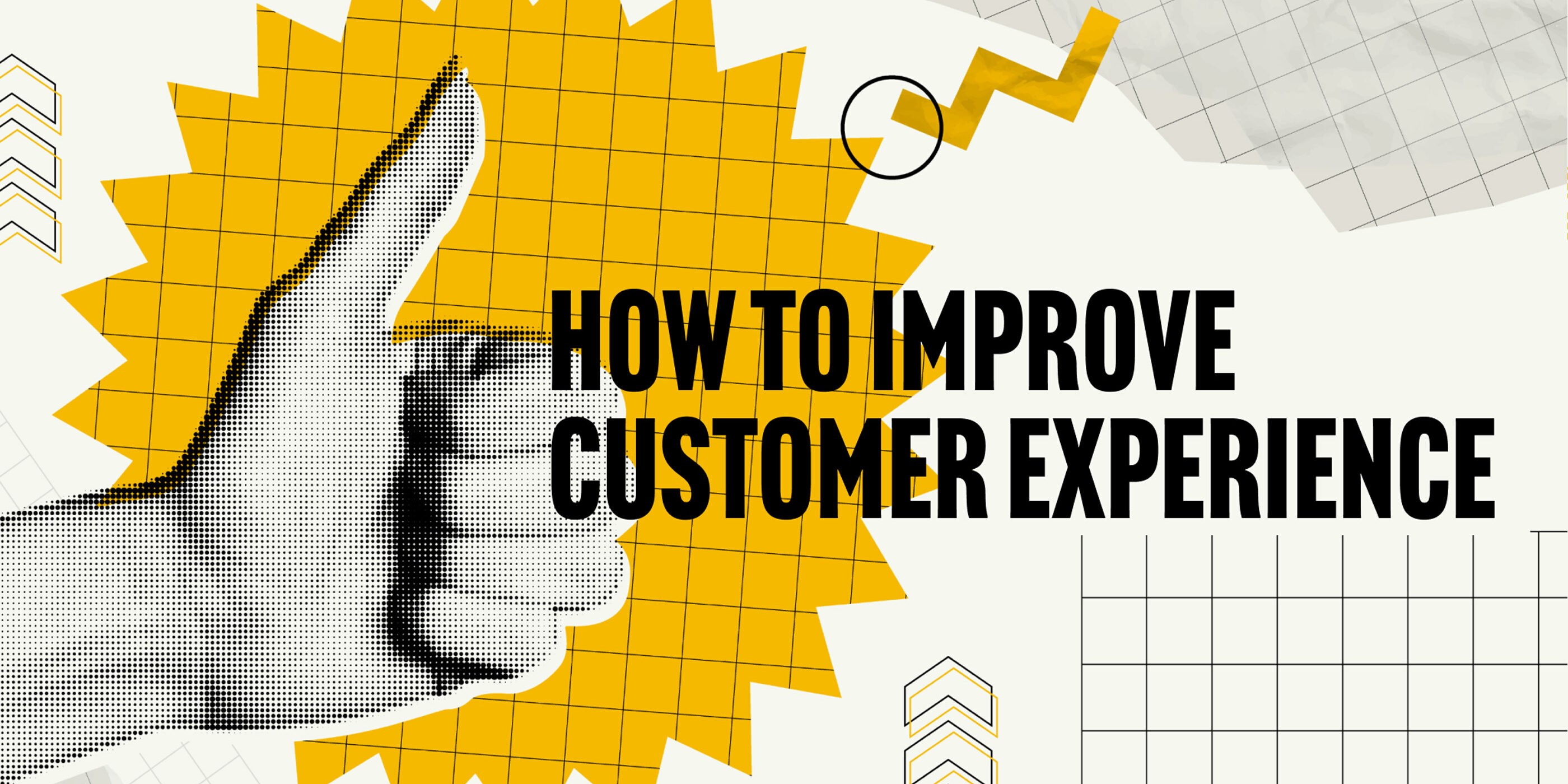How to Improve Customer Experience
So now that you understand that customer experience (CX) means everything to your business, you probably want to improve it, don’t you?
Of course you do. Better CX will lead to more business and help your brand grow. But what can you do to improve it?
“X” Stands for “Experience”
When trying to solve any problem, you first have to understand the problem that needs to be solved. Customer Experience is no different. You have to experience it to understand what needs to be done to improve it.
That means experiencing your business from a customer’s perspective.
Ideally, you could just pretend you’re a customer, but if it’s your business and your staff recognizes you, your findings will be skewed by the Hawthorne Effect.
So, you’ll probably be better off outsourcing your CX discovery.
Secret Shoppers
There are lots of firms that provide “secret shopper” service, which is effectively a way of spying on your own enterprise by having paid agents patronize your business as customers.
These paid agents will go through the entire purchase process for you, and then report on their findings. It can be a very effective way of gaining a customer’s perspective of what it’s like to do business with your enterprise. However, it does have some limitations.
For example, secret shoppers only receive the experience they get. Other customers may have vastly different experiences. Businesses have good days and bad days, just like everyone, who is to say if the experience of your secret shoppers is standard for your business?
Business Intelligence
As with any data, the larger the sample, the more accurate the analysis and findings can be. To get a really accurate look at your customer experience, you might want to invest in some business intelligence gathering tools or professional analysis.
For example, many businesses record all customer service phone calls for compliance with federal regulations. AI-powered voice analysis of all of those calls can deliver critical insights into what your CX REALLY looks like.
Reviewing voice data can also allow you to see both the worst and best of your customer interactions, allowing you to actually experience them yourself, while allowing you to work on making improvements.
We know all this because we served a client that offered this service.
Your Online CX
Today, of course, a whole lot of business is done online, and you’d better believe your online CX is just as important as your person-to-person interactions are. Fortunately, it’s easier to experience life as a customer online.
Your online CX is probably more extensive than you think. It includes your marketing channels and funnels that drive customers to your website, as well as the website itself. That means search engine listings, paid ads, social media, emails, newsletters, articles, etc..
All of your marketing impacts your CX just as your website UX (user experience) does. A glitchy or amateurish website will undermine consumer trust and can negatively impact both your CX and your brand.
You may also find that your online CX and in-person CX are completely different, which can also cause problems for your brand, especially if customers begin talking about it.
Solutions
Once you identify where your customer experience needs to improve, then you can go about finding ways to improve it. Usually, CX suffers from specific issues that can be addressed directly.
However, it’s important to understand that fixing issues doesn’t instantly resolve your CX concerns. Customers who’ve had negative experiences and have a poor impression of your brand will need to be given a reason to change their mind. You may need to rebrand or launch a counter-messaging campaign to repair your brand identity.
Doesn’t this make you wonder what YOUR CX is like?




